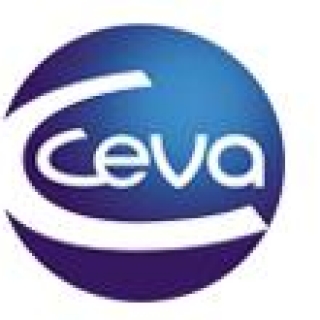Report shows that the Directive has been successful in reducing water pollution caused by nitrates in both surface and groundwater in the last two decades. The report however points to some disparities among Member States, which calls for renewed efforts to bring waters in the European Union to a good status.
Thanks to the EU Nitrates Directive, nitrates concentrations have fallen in both surface and groundwater. Eutrophication – the excess growth of weeds and algae that suffocates life in rivers and seas – has also decreased, while sustainable agricultural practices in relation to nutrients’ management have become more widespread. Despite this positive overall trend, nitrates pollution and eutrophication continue to cause problems in many Member States. They need to step up their efforts to bring the waters in the European Union to a good status.

Agricultural pressures on water quality are still increasing in some areas, as some agricultural practices are heavily dependent on fertilisers that can cause local water quality to deteriorate. The trends observed in the report thus may have a bearing on the supply of clean drinking water, and the costs that public authorities have to carry to treat polluted water.
Several Member States and regions still have a high percentage of nitrate-polluted and eutrophic waters. Based on the reported data, the highest percentage of polluted groundwater stations are found in Malta, Germany, and Spain. Regarding fresh water the highest percentage is found in Malta, Belgium and the United Kingdom.
Overall, the quality of national action programmes has improved, with tightened measures and improved methodologies to reach balanced fertilisation and sustainable manure management. Some Member States are developing innovative manure processing technologies. However, challenges remain, such as how to properly take into account all nutrient inputs from different sources, and how to prevent nutrient losses to water and air through effective manure management.
Although water monitoring steadily improved in 2012-2015, strengthened water monitoring, especially of saline surface waters, would improve the comparability of the data on nitrogen pollution and provide a more detailed picture of the overall quality of the EU waters.
![]() Nitrates_Directive_Implementation_Report
Nitrates_Directive_Implementation_Report
Friday May 4, 2018/ EC/ European Union.
http://europa.eu/rapid




